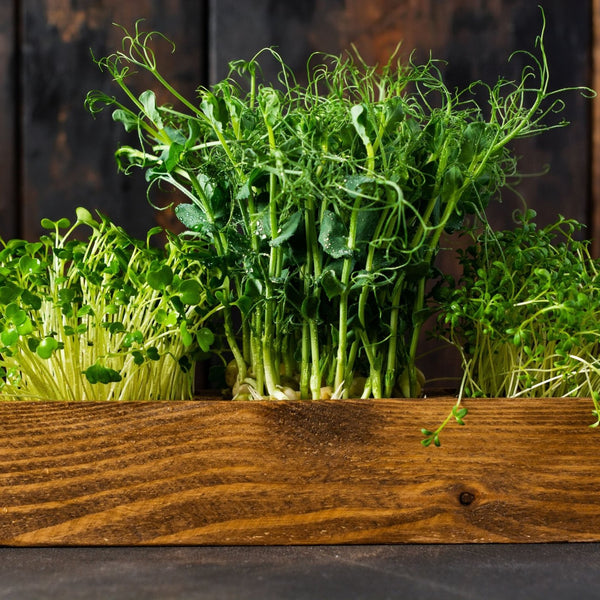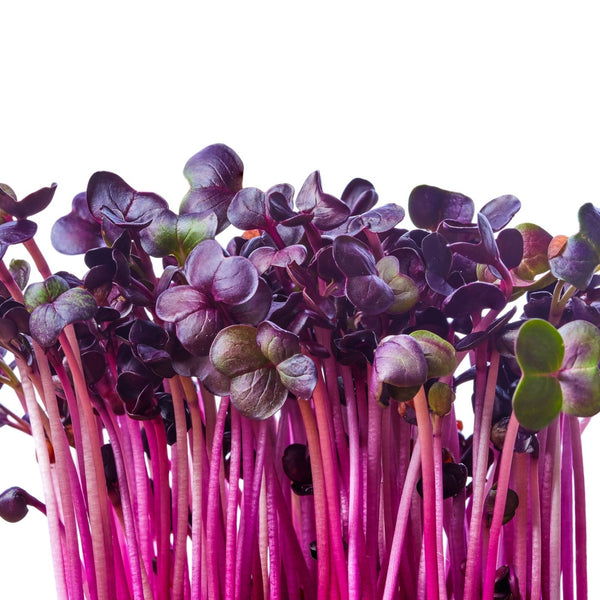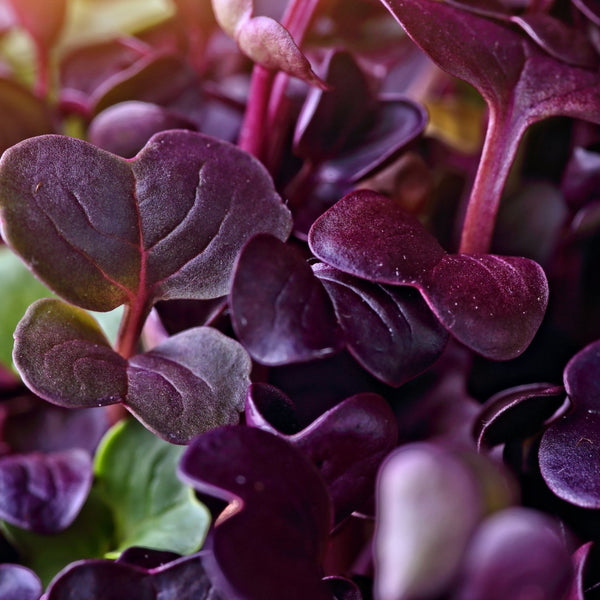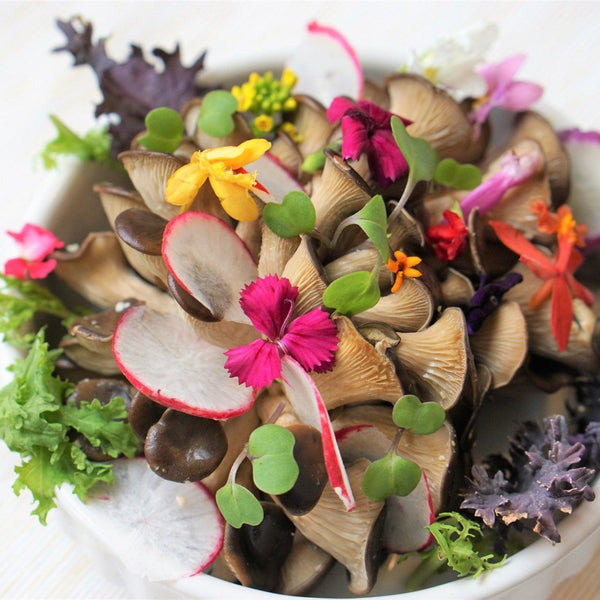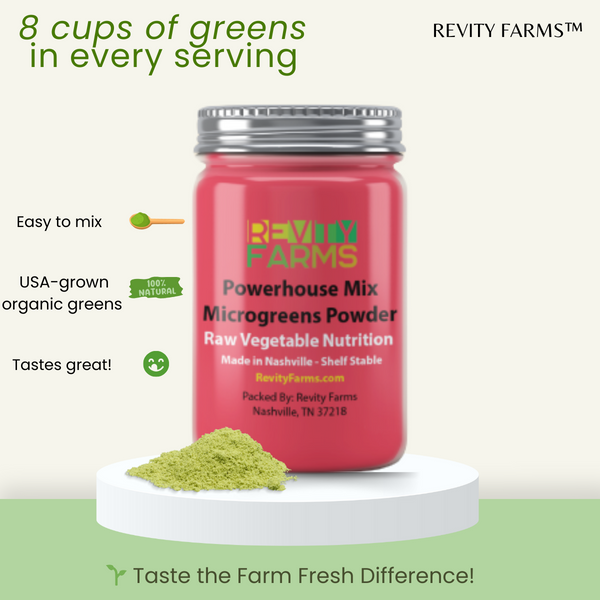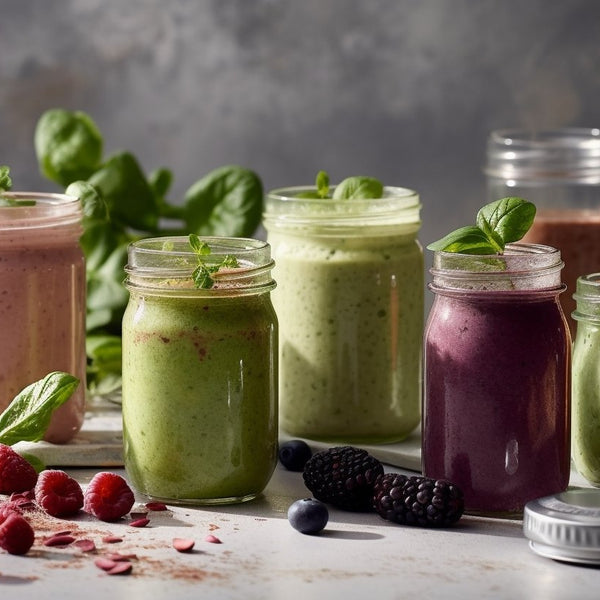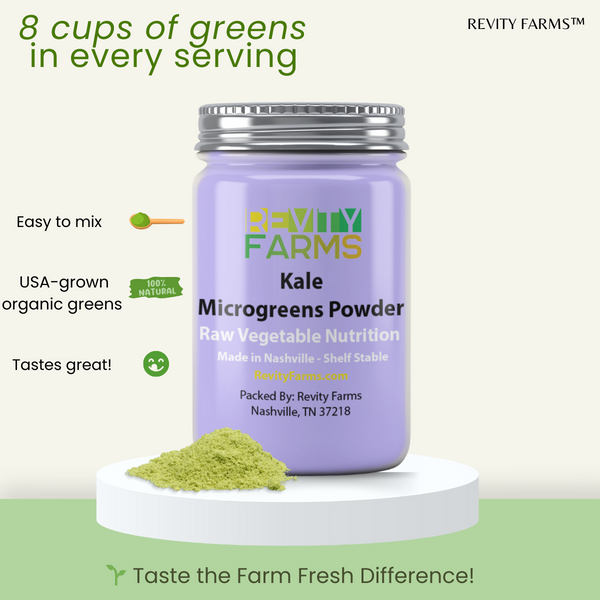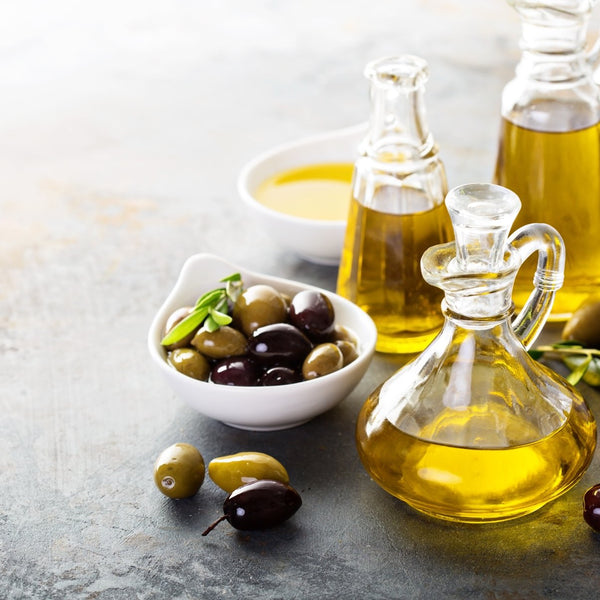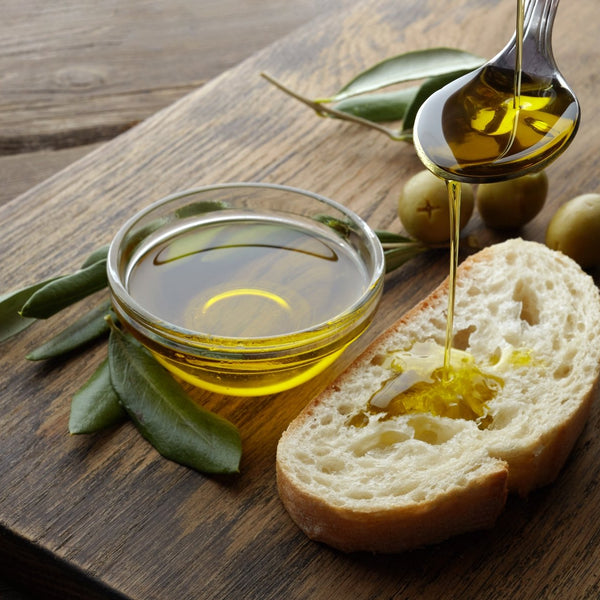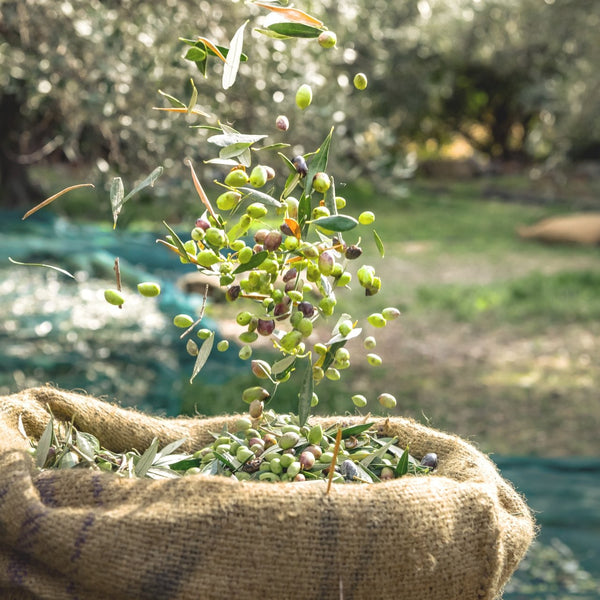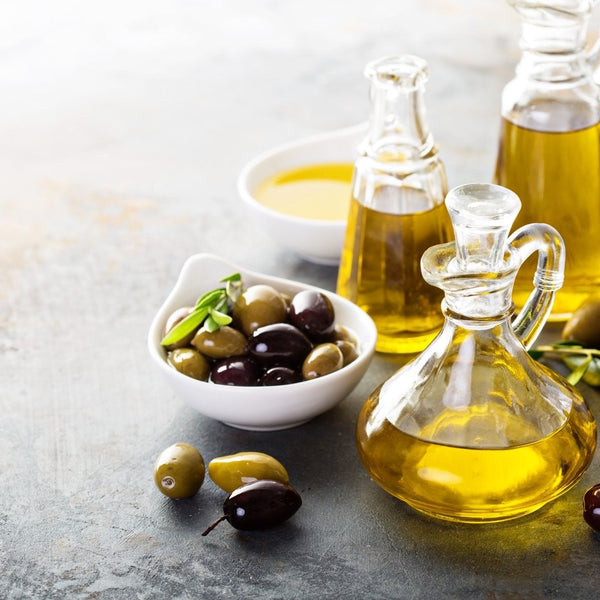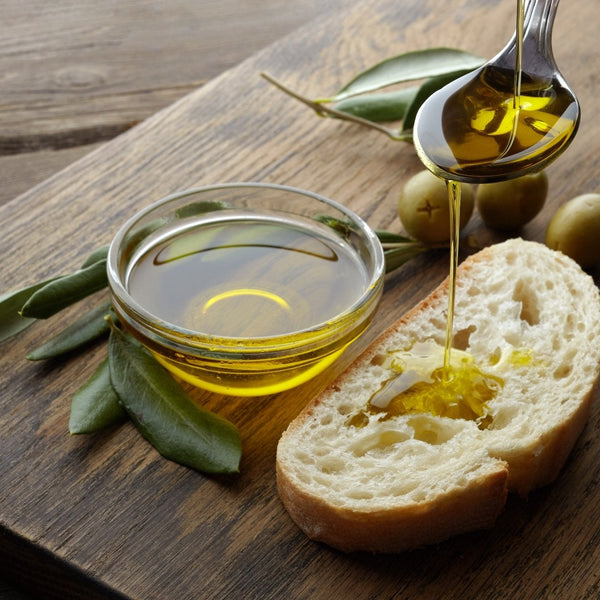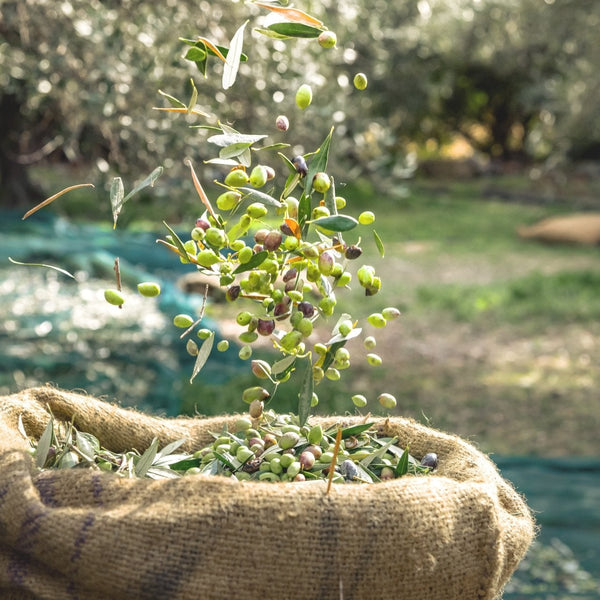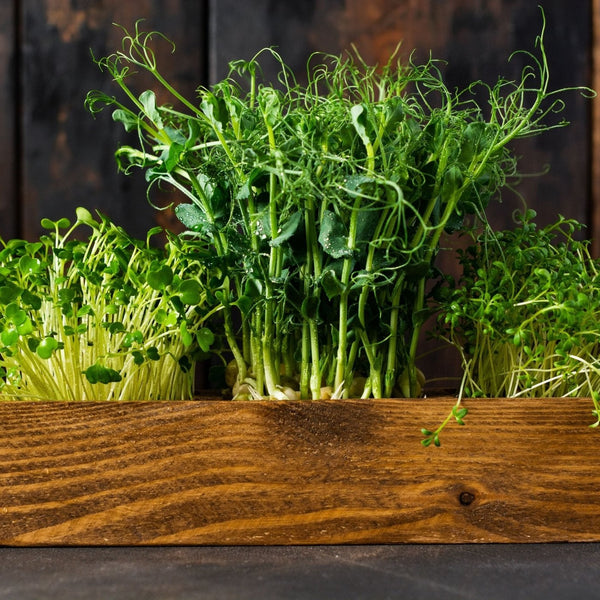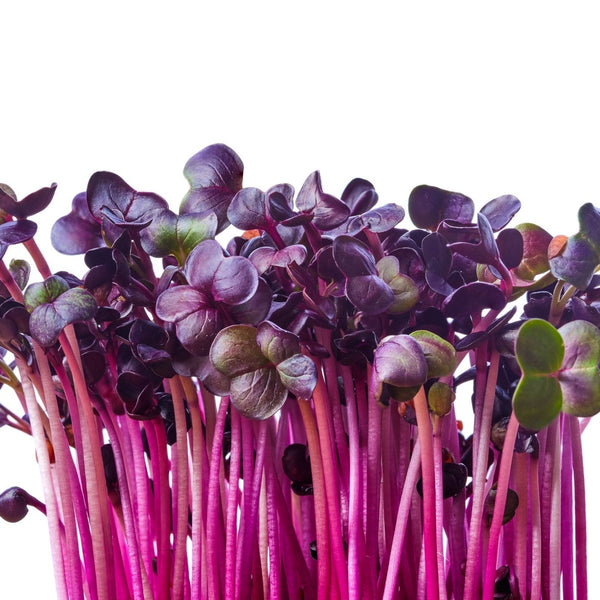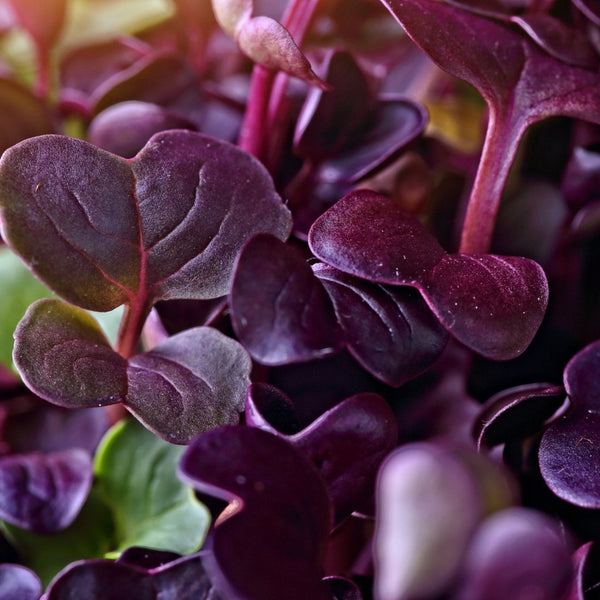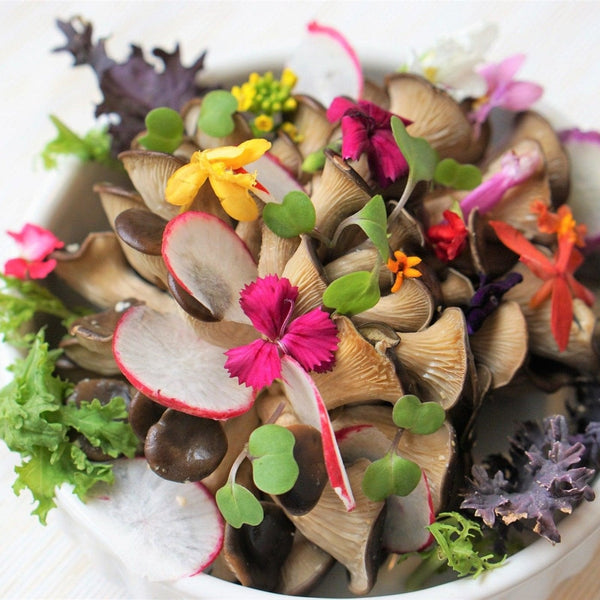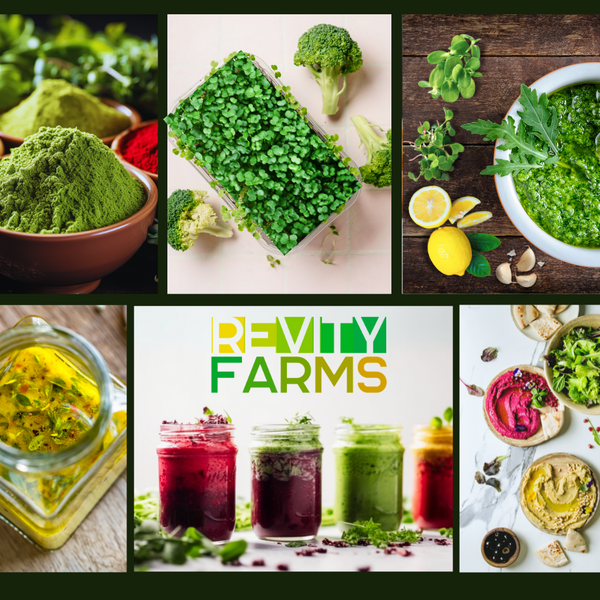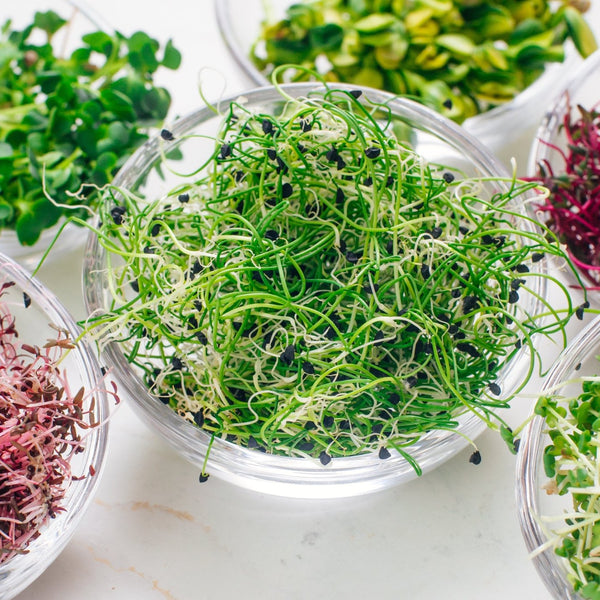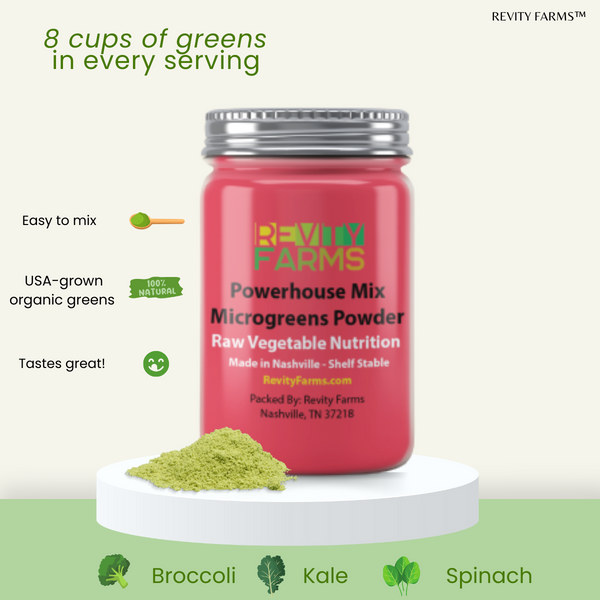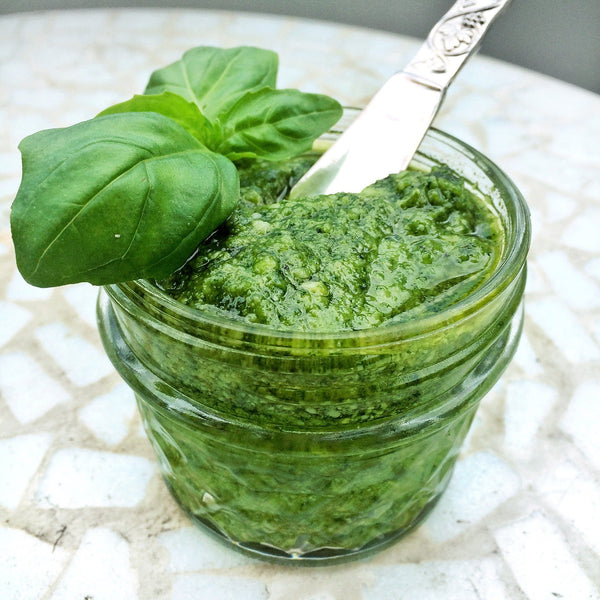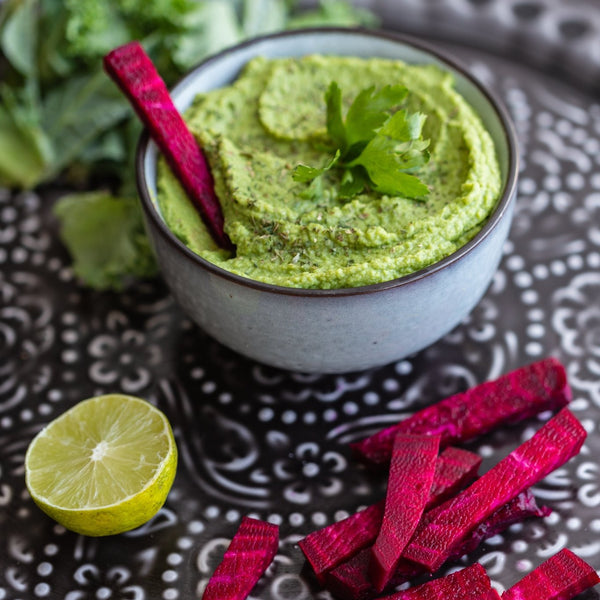In the dynamic world of culinary arts, a vibrant trend is reshaping restaurant menus globally – the rise of microgreens. These petite greens, though small in stature, are making a big impact in kitchens both haute and humble. From upscale dining establishments to trendy local bistros, chefs are increasingly turning to these tiny powerhouses to add not only visual flair but also unique flavors and a nutritional punch to their dishes.
But why this sudden surge in popularity? It's not just about jumping on a gastronomic bandwagon; there's more to this green revolution. Microgreens, with their delicate textures, intense flavors, and rich nutrient profiles, are meeting the evolving demands of both chefs and diners in a way few ingredients have done before. They bridge the gap between gourmet dining and health-conscious food choices, offering a synthesis of taste, health, and aesthetic appeal.
In this exploration, we'll delve into the multifaceted reasons behind the growing love affair between the restaurant industry and microgreens. We'll uncover how these greens are transforming the dining experience and why establishments, including those partnering with local farms like Revity Farms, are increasingly incorporating them into their culinary repertoire. Join us as we unravel the story behind this green uprising and discover why microgreens are becoming an indispensable part of modern cuisine.
Flavor
In the realm of haute cuisine, the marriage of flavor and aesthetics is paramount. Microgreens, with their array of vivid colors and diverse flavor profiles, have become an essential ingredient for chefs looking to create visually stunning and gastronomically delightful dishes.
From the peppery zing of radish microgreens to the subtle sweetness of pea shoots, each variety offers a unique flavor that can enhance a dish in unexpected ways. Chefs are using these greens not just as garnishes but as integral components of their recipes, blending taste and visual appeal to craft dishes that tantalize both the palate and the eyes.
Moreover, the aesthetic appeal of fresh organic microgreens extends beyond their vibrant hues. Their delicate, miniature size adds a level of sophistication and intricacy to plating that larger vegetables or traditional herbs cannot match. Whether sprinkled atop a gourmet pizza or nestled beside a seared scallop, microgreens elevate the presentation of a dish, transforming it into a work of art.
In the competitive restaurant industry, where differentiation is key, microgreens offer a way for chefs to stand out. By incorporating these greens into their menus, restaurants are not only catering to the growing demand for visually appealing meals but also adding a burst of fresh flavors that complement and elevate their culinary creations.
A Nutritious Revolution in Fine Dining
In the culinary world, microgreens are making a statement not just with their vibrant colors but with their remarkable nutrient profile. Renowned chefs and restaurants are increasingly weaving these tiny greens into their culinary tapestry, recognizing their potential to elevate both the health quotient and flavor of their dishes.
Imagine a dish adorned with radish microgreens. It's not just about adding a splash of color or a delicate texture. These tiny leaves bring a surprising punch of spicy flavor, along with a wealth of nutrients like Vitamin C, Vitamin E, and essential amino acids. They're transforming ordinary dishes into nutrient-rich culinary experiences.
In an age where diners are becoming more health-centric, microgreens are the perfect response to this evolving demand. They align seamlessly with the modern palate that yearns for meals that are as beneficial to the body as they are pleasing to the taste buds. From a chef’s perspective, microgreens are a versatile ingredient that can enhance the nutritional value of a dish without compromising on taste.
This is particularly significant as the culinary industry moves towards more conscious and sustainable food choices. Microgreens offer a way to naturally enrich dishes with vitamins and antioxidants, reducing the need for artificial additives. This shift is a testament to the evolving ethos in gastronomy: creating dishes that are not only a feast for the eyes but also a boon for well-being.
Chefs are now innovating with these greens, exploring their diverse flavor profiles to replace or reduce less healthy ingredients. A sprinkle of pea shoots can bring a sweet, fresh taste to salads, eliminating the need for calorie-dense dressings. Restaurants are thus able to cater to the health trends without sacrificing the gourmet experience, striking a balance that resonates with today’s discerning diner.
Aesthetic Appeal and Gastronomic Artistry
The rise of microgreens in the restaurant industry isn't just a response to the health and wellness trend; it's also about the aesthetic appeal these tiny greens bring to the plate. In the world of gastronomy, presentation is as crucial as taste and flavor. Microgreens, with their delicate appearance and vibrant hues, have become a key element in transforming dishes into works of art.
Chefs at high-end restaurants are continuously seeking ways to make their dishes visually stunning, and microgreens offer just that. With their diverse range of colors and shapes, they provide an opportunity for chefs to add a touch of elegance and sophistication to their presentations. A sprinkle of red amaranth can add a pop of color, while the delicate fronds of fennel microgreens can create a sense of movement and finesse on the plate.
This focus on visual appeal aligns perfectly with the social media-driven dining culture. Diners love to share their culinary experiences online, and a beautifully presented dish with the vibrant addition of microgreens is more likely to be photographed and shared on platforms like Instagram. This not only satisfies the diner’s desire for a visually appealing meal but also offers free marketing and publicity for the restaurant.
Beyond just aesthetics, microgreens also add a layer of texture to dishes. The crispness of a freshly picked microgreen contrasts beautifully with the softness of a perfectly cooked piece of fish or the creaminess of a puree. This interplay of textures elevates the dining experience, making it more engaging and memorable.
In essence, the use of microgreens is a testament to the restaurant industry's understanding of the modern diner's palate – a palate that appreciates the combination of visual beauty, textural diversity, and nutritional value in a dining experience.
Flavor Enhancement and Culinary Diversity
Microgreens are much more than just a garnish; they're a flavor powerhouse. This aspect is crucial in the culinary world, where taste reigns supreme. Restaurants increasingly adopt microgreens not just for their aesthetic appeal but also for their ability to add unique and intense flavors to a dish.
Each variety of microgreen comes with its distinct flavor profile. For instance, arugula microgreens add a peppery kick, beet greens offer earthy sweetness, and basil microgreens bring a fragrant, herbaceous note. This diversity allows chefs to experiment with new flavor combinations and textures, elevating traditional dishes to a new level.
Revity Farms, with its wide variety of microgreens, provides chefs with a palette to paint new culinary landscapes. The incorporation of these greens into dishes is not random but a thoughtful process that considers the balance of flavors. Chefs can create more nuanced and complex dishes by pairing the right microgreen with the right ingredients.
For instance, a simple grilled fish can be transformed with a garnish of lemon balm microgreens, adding a refreshing citrus note that complements the seafood perfectly. Or a classic Caprese salad can be given a new twist with the addition of basil microgreens, intensifying the basil flavor traditionally found in the dish.
Moreover, microgreens allow for culinary creativity and innovation. Chefs can develop new dishes centered around the unique flavors of these greens, pushing the boundaries of traditional cuisine and offering diners novel taste experiences.
In essence, microgreens have become a key ingredient in the restaurant industry, enabling chefs to refine their dishes' flavors and offer their customers an enhanced dining experience. By utilizing the distinct tastes of these greens, restaurants are redefining gastronomy, making it an exciting time for both chefs and diners alike.

Health-Conscious Dining Trends
In recent years, there's been a significant shift towards healthier dining options. People are more conscious about what they eat, seeking meals that are not only delicious but also nutritious. This change in consumer behavior is a driving force behind the increased use of microgreens in restaurants.
Microgreens, with their higher concentration of vitamins, minerals, and antioxidants compared to mature vegetables, fit perfectly into this health-centric dining trend. They offer a way for restaurants to enhance the nutritional value of their dishes without compromising on taste. This alignment with the growing demand for wholesome, nutrient-rich foods is a key reason why chefs are incorporating microgreens more frequently.
Restaurants that cater to health-conscious diners, such as those focusing on organic, vegan, or farm-to-table concepts, find microgreens particularly appealing. These tiny greens allow them to offer dishes that are not only visually appealing and flavorful but also aligned with their patrons' health and wellness goals.
For example, a salad featuring a mix of microgreens like kale, red cabbage, and radish not only offers a vibrant plate of food but also a nutrient-dense meal, packed with vitamins A, C, and K, as well as essential minerals. Similarly, a wrap or sandwich layered with microgreens provides an easy and tasty way to add extra nutrients to a quick, casual meal.
The trend towards health-conscious dining doesn't mean sacrificing flavor or enjoyment. Microgreens prove that healthy food can be both delicious and visually appealing, making them a perfect fit for modern culinary trends. By incorporating these greens, restaurants are able to meet the growing demand for meals that are good for the body and the palate.
The Health-Conscious Consumer Trend
In recent years, there's been a significant shift towards health-conscious eating. Consumers are more informed and more concerned about the nutritional value of what they eat. This trend has not gone unnoticed by restaurants, which are increasingly incorporating healthful ingredients like microgreens into their menus to meet this demand.
Microgreens fit perfectly into this health-conscious trend. They are not only nutrient-dense but also align with the clean eating philosophy that many health-focused diners adhere to. These tiny greens are free from the excessive use of pesticides and chemicals, appealing to those who prefer organic and natural food options.
Furthermore, the rise of dietary restrictions and preferences – such as veganism, vegetarianism, and gluten-free diets – has prompted chefs to explore more versatile and inclusive ingredients. Microgreens offer a solution here as well. They are naturally gluten-free and fit into plant-based diets, making them an ideal ingredient for restaurants catering to a diverse clientele.
Restaurants are also using microgreens to innovate in healthy menu options. Salads, wraps, and smoothies featuring a variety of microgreens are becoming more common. These dishes not only cater to the health-conscious but also to those seeking new, flavorful, and nutritious dining experiences.
Additionally, microgreens have a role in educating consumers about healthful eating. When restaurants incorporate microgreens into their dishes, it often sparks curiosity and leads to conversations about nutrition. This educational aspect is vital, as it aligns with the growing consumer desire to understand more about their food choices and their impacts on health and wellness.
In conclusion, the incorporation of microgreens in restaurant menus is a response to the growing health-conscious trend among consumers. It reflects a broader movement in the culinary world towards more nutritious, inclusive, and education-oriented dining experiences. As this trend continues to evolve, we can expect to see microgreens playing an increasingly prominent role in the restaurant industry.
A Green Revolution in the Culinary World
The escalating use of microgreens in restaurants isn't just a trend; it's a revolution in the culinary world. This shift reflects a deeper understanding and appreciation of food, not just as sustenance but as a source of health, pleasure, and innovation. Microgreens, with their vivid colors, intense flavors, and nutritional punch, are at the forefront of this revolution.
Revity Farms, through its dedication to sustainable and organic farming practices, is proud to be part of this movement. By supplying fresh, high-quality microgreens to restaurants, we are helping chefs redefine gourmet cuisine and offering diners a unique and healthful dining experience.
As we continue to witness this green wave in the culinary world, it's clear that microgreens are more than just a garnish or an ingredient. They represent a commitment to health, sustainability, and culinary excellence. They are a bridge between farmers and chefs, between nature and the dining table.
Looking ahead, we anticipate an even greater integration of microgreens into various cuisines and dishes. As consumers become more health-conscious and chefs more creative, the possibilities for these tiny yet mighty greens are limitless.
We invite you to join us in celebrating this green revolution. Whether you're a chef, a restaurateur, or a diner, there's a place for everyone in this journey towards a more sustainable, healthful, and flavorful future. Let's continue to explore, innovate, and enjoy the rich bounty that nature offers, one microgreen at a time.







